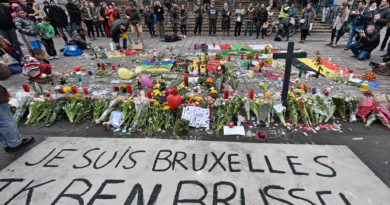Fun Fact: Belgium is the birthplace of some of the world’s greatest history makers
How many world-famous Belgians can you name? You can probably count them on the fingers of one hand. Now try this. How many world-famous Belgians did you know of before you moved to Belgium? Mostly likely zero. That’s because so many important figures from Belgium aren’t exactly famous all over the world. Or even if they are famous, they rarely register as Belgians.
One possible explanation is that before Belgium became a unified territory in 1830, pre-Belgians were identified either with the Flemish coming from the historic County of Flanders or with the French belonging to the French-speaking territories. And nothing really changed after Belgium became a country. The Flemish and the Francophones remained too divided to have a solid sense of national identity and pride. As a consequence, the Belgians are easily overshadowed by their much larger and prouder European counterparts.
Many accomplished Belgians also migrated to other countries with greener pastures and better support systems. They eventually shed their Belgian identity and became associated with their country of choice.
But lest we forget, here are some of the all-time history makers and world changers who came from Belgium.
Adrian Willaert (1490-1562)
Born in the Flemish municipality of Roeselare, Willaert was one of the most influential composers of Renaissance music. He founded the Venetian school of music, a group of progressive composers living in Venice in the late 16th century. The Venetian school introduced the polychoral style of music which involved separate choirs singing in rotation. It became one of the major stylistic developments which inspired the transition from Renaissance to Baroque-style music.
Andreas Vesalius (1514-1564)
Often regarded as the father of modern human anatomy, Brussels-born physician Vesalius produced a set of books called De humani corporis fabrica (On the fabric of the human body). His magnum opus provided unprecedented detailed illustrations of the human body which were based on corpses dissected by Vesalius himself. Before this groundbreaking body of work, the study of human anatomy primarily relied on the works of Greek physician Galen who based his research on animal dissections.
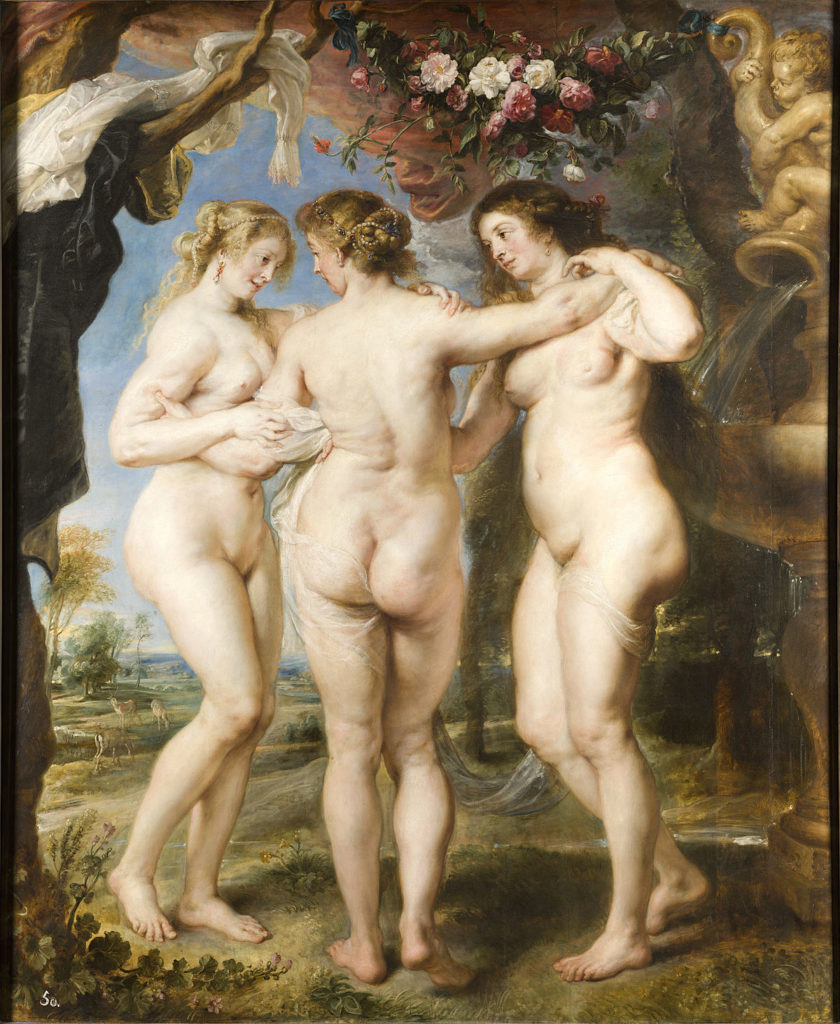
Peter Paul Rubens (1577-1640)
In the 17th century, Antwerp became one of Europe’s major artistic cities, thanks to the innovations of Rubens. His paintings introduced vivid and overwhelming displays of emotion and sensuality which were considered revolutionary at the time. His compositions also included various subject matters and characters which created a three-dimensional effect. He is most known for his depictions of full-bodied, nude women which gave rise to the adjective, Rubenesque. Although he was born in the German city of Siegen, Rubens lived most of his life in Antwerp where he became the most influential artist of the Flemish Baroque tradition.
Jan Baptist van Helmont (1580-1644)
Of all his contributions to science which are much too complex to explain, all you need to remember is that van Helmont was the Belgian chemist who introduced the word “gas” in the scientific lexicon. He coined the term after his experiments in combustion. Van Helmont later on identified different kinds of gases, including carbon dioxide.
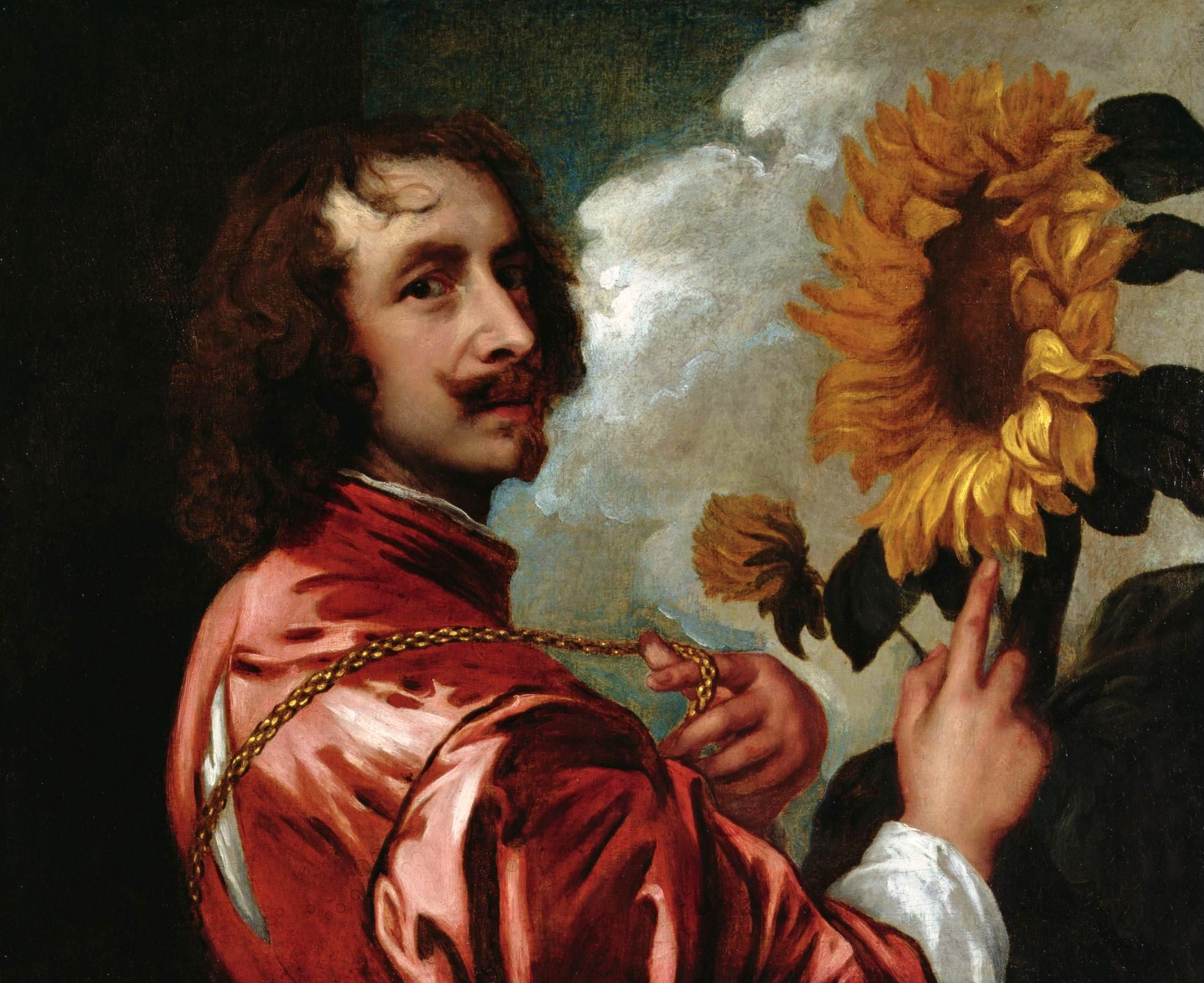
Anthony van Dyck (1599-1641)
The long-lasting prominence of van Dyck rests on his portrait paintings. He is most famous for his portraits of nobles and aristocrats in the 17th century. Although he didn’t pioneer the art of portraiture, he added unique variations into the tradition which influenced European portrait paintings. Also, the van Dyck beard was named after him.
Adolphe Sax (1814-1894)
Inventor of the saxophone. Adolphe Sax was born in the idyllic city of Dinant in the province of Namur. As a child, he exhibited signs of remarkable talent and ingenuity. He could sing, play the flute and clarinet, and tinker with instruments. His father, Charles-Joseph was a prominent maker of musical instruments and under his guidance, Adolphe’s musical and mechanical skills flourished.
Henri La Fontaine (1854-1943)
In 1913, La Fontaine received the Nobel Peace Prize for his work as the head of the International Peace Bureau, one of the world’s oldest international peace federations. He was an expert in international law who also served in the Belgian senate for 36 years.
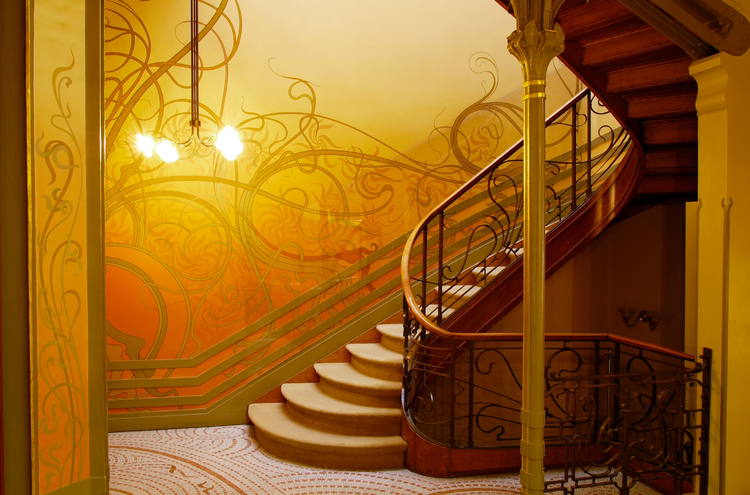
Victor Horta (1861-1947)
Known as the pioneer of the Art Nouveau style in architecture, Horta was the first architect to use iron, glass, and steel to create delicate and sinuous structures characteristic of the Art Nouveau tradition. Four of his buildings are listed as UNESCO World Heritage Sites.
Maurice Maeterlinck (1862-1949)
Maeterlinck is considered a major dramatist of the late 19th century symbolist movement. His literary works earned him the Nobel Prize in Literature in 1911. He developed the concept of static drama which proposed that acting should not be motivated by human emotions. Rather, it should be an expression of the external forces that impact human beings.
Leo Baekeland (1863-1944)
The age of modern plastics began when Baekeland invented Bakelite, the first synthetic and heat-resistant plastic. The Belgian-American chemist also produced the first commercially successful photographic paper called Velox.
Jules Bordet (1870-1961)
Microbiologist and immunologist Jules Bordet won a Nobel Prize in Medicine in 1919 for his contributions to the field of immunology. He also discovered the Bordetella pertussis, a bacteria which causes whooping cough.
Georges Lemaitre (1894-1966)
Each time you hear the big bang theory, remember Lemaître. He was the Belgian physicist and astronomer who built the foundations for the theory that explains how the universe began. A remarkable scientific acknowledgement for a scientist who was also a Catholic priest.
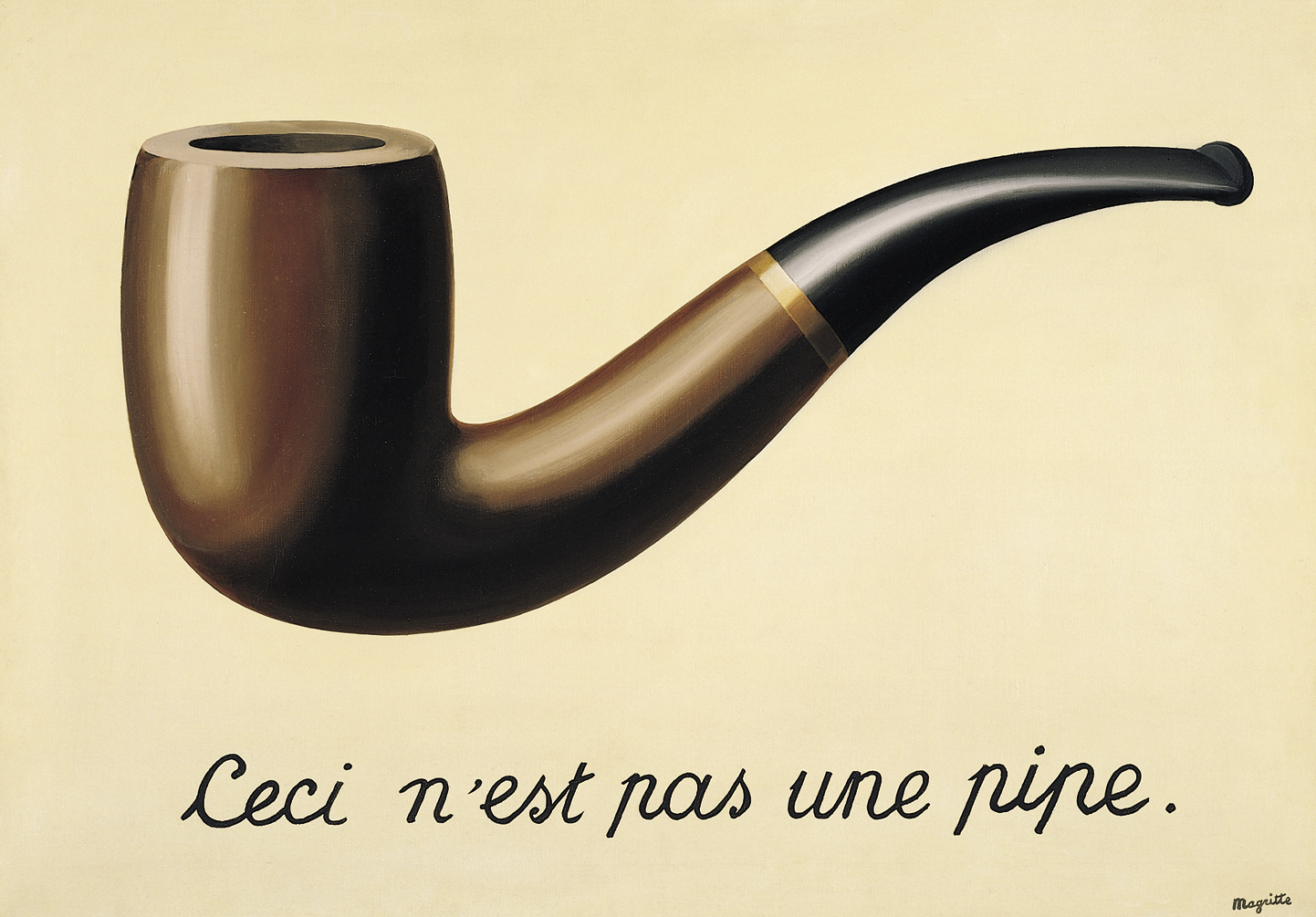
René Magritte (1898-1967)
One of the unforgettable artists from the surrealist movement of the 20th century, Magritte is well known for his thought-provoking and perception-challenging works. His art influenced the development of pop and conceptual art.
Albert Claude (1899-1983)
Winner of the 1974 Nobel Prize in Medicine, Claude was the genius behind a series of trailblazing studies on cell components. He was also the first to publish highly detailed presentations of cell structure. His achievements in cytology became one of the foundations of modern cell biology.
Georges Simenon (1903-1989)
If the British have Sherlock Holmes, the Belgians have Inspector Jules Maigret, the fictional French detective created by Simenon. Given the long-standing animosity between the Belgians and French, you may wonder why Simenon chose a French protagonist for his stories. That’s because Maigret was created when Simenon was living in Paris.
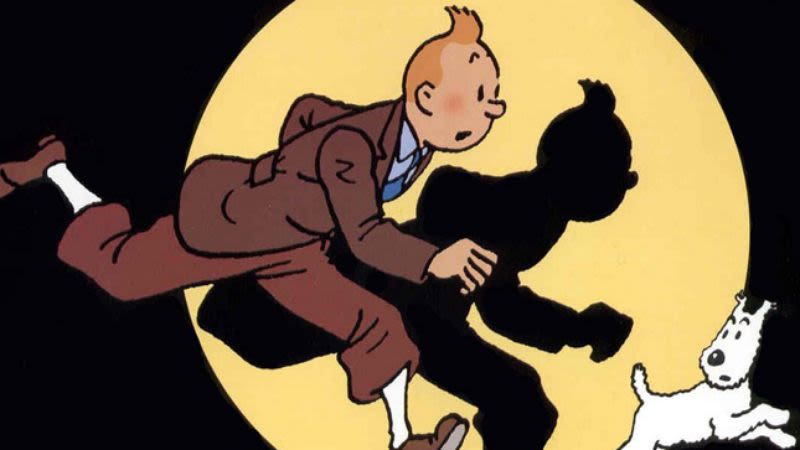
Hergé (1907-1983)
Cartoon and comic book character Tintin is probably more popular than his creator, Georges Prosper Remi who wrote under the pseudonym Hergé. The Adventures of Tintin became one of the greatest European comics of the 20th century. The comic books have been adapted for television, movie, radio, and even theatre.
Django Reinhardt (1910-1953)
The music of Reinhardt gave birth to Gypsy Jazz which combined the styles of French gypsy music and American jazz compositions. The Belgian Romani musician is considered a god of jazz guitar. He was also a prolific violinist and banjo player.
Toots Thielemans (1922-2016)
Belgian-American jazz icon Toots Thielemans is most celebrated for transforming the harmonica into a legitimate jazz instrument. He was also known for incorporating the art of whistling into his music.
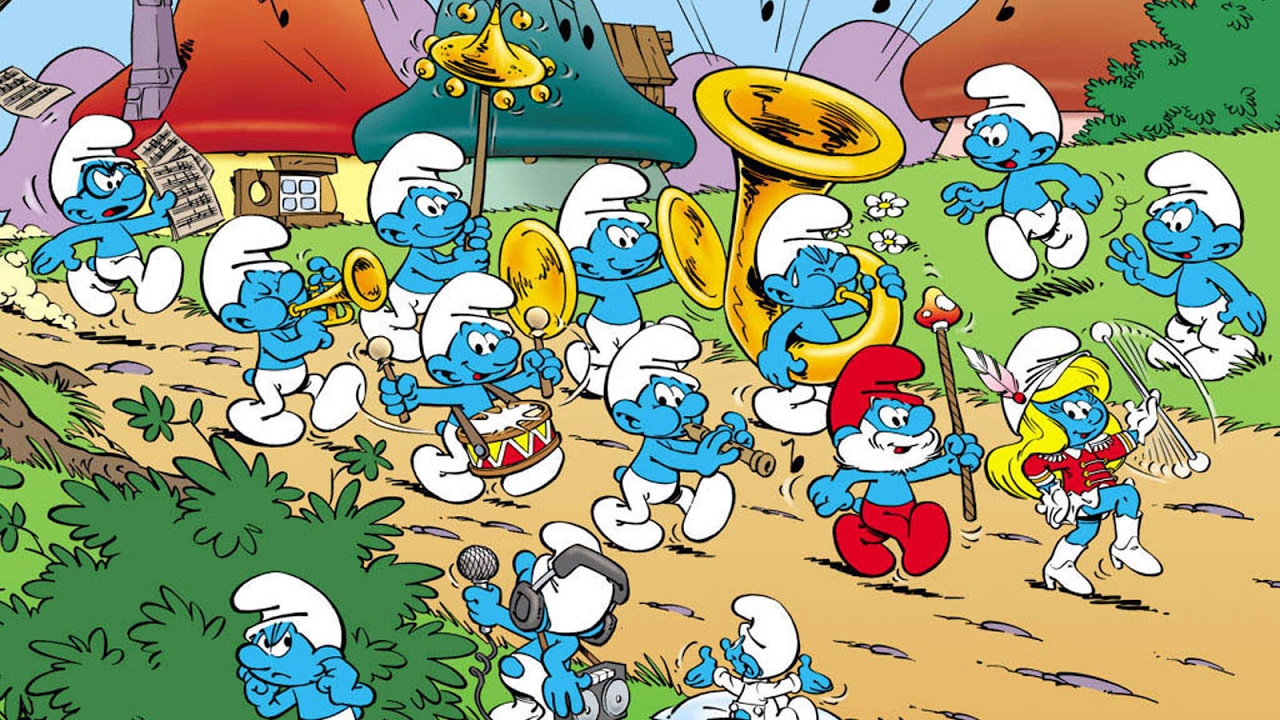
Peyo (1928-1992)
Who could ever forget The Smurfs, one of the most loved cartoons of all time? The man behind these delightful little creatures is no other than Pierre Culliford also known as Peyo.
Jacques Brel (1929-1978)
Brel is the reputed master of the modern chanson. The power of his music lay in his ability to give voice to emotions so deeply and intensely that even those who couldn’t understand French could still grasp the meaning of his songs. When he performed, Brel became the very emotion he was expressing. His legendary voice and songs have left a lingering influence on music and culture.
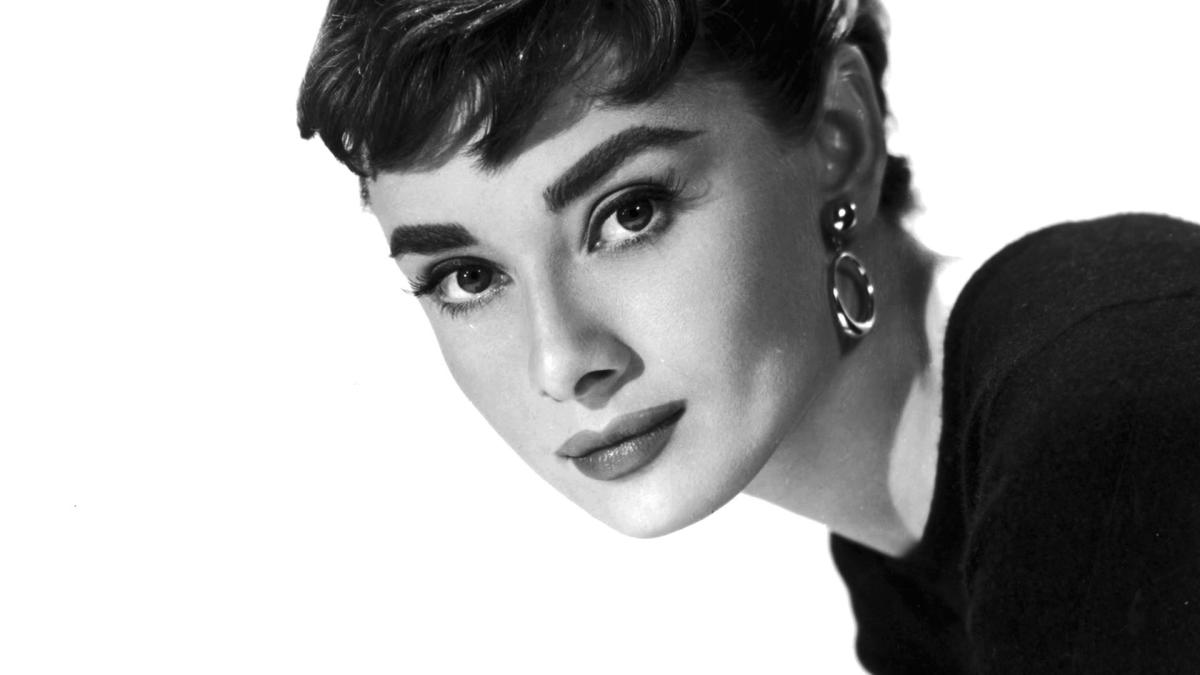
Audrey Hepburn (1929-1993)
One of the stars of Hollywood’s Golden Age, Hepburn became the first actress to win an Academy Award, a Golden Globe Award, and a BAFTA Award all at once for her singular performance in the movie Roman Holiday. The Ixelles-born screen legend was also a fashion icon, dancer, and humanitarian.
Liz Claiborne (1929-2007)
In the 70s and the 80s, Claiborne redefined fashion by introducing a line of sleek, comfortable, and affordable wardrobes for working women. The Belgian American designer created Liz Claiborne, Inc. which became the first Fortune 500 company founded and chaired by a woman.


